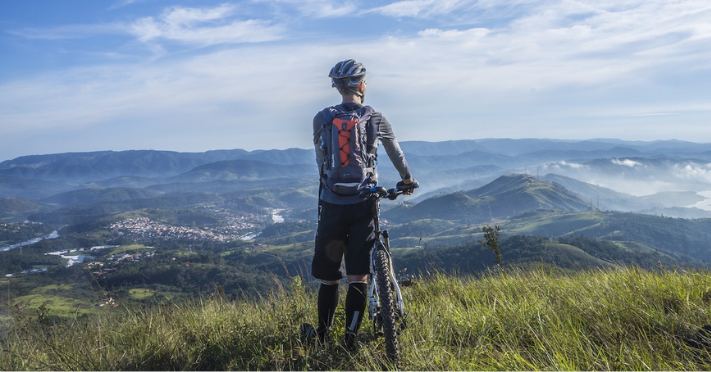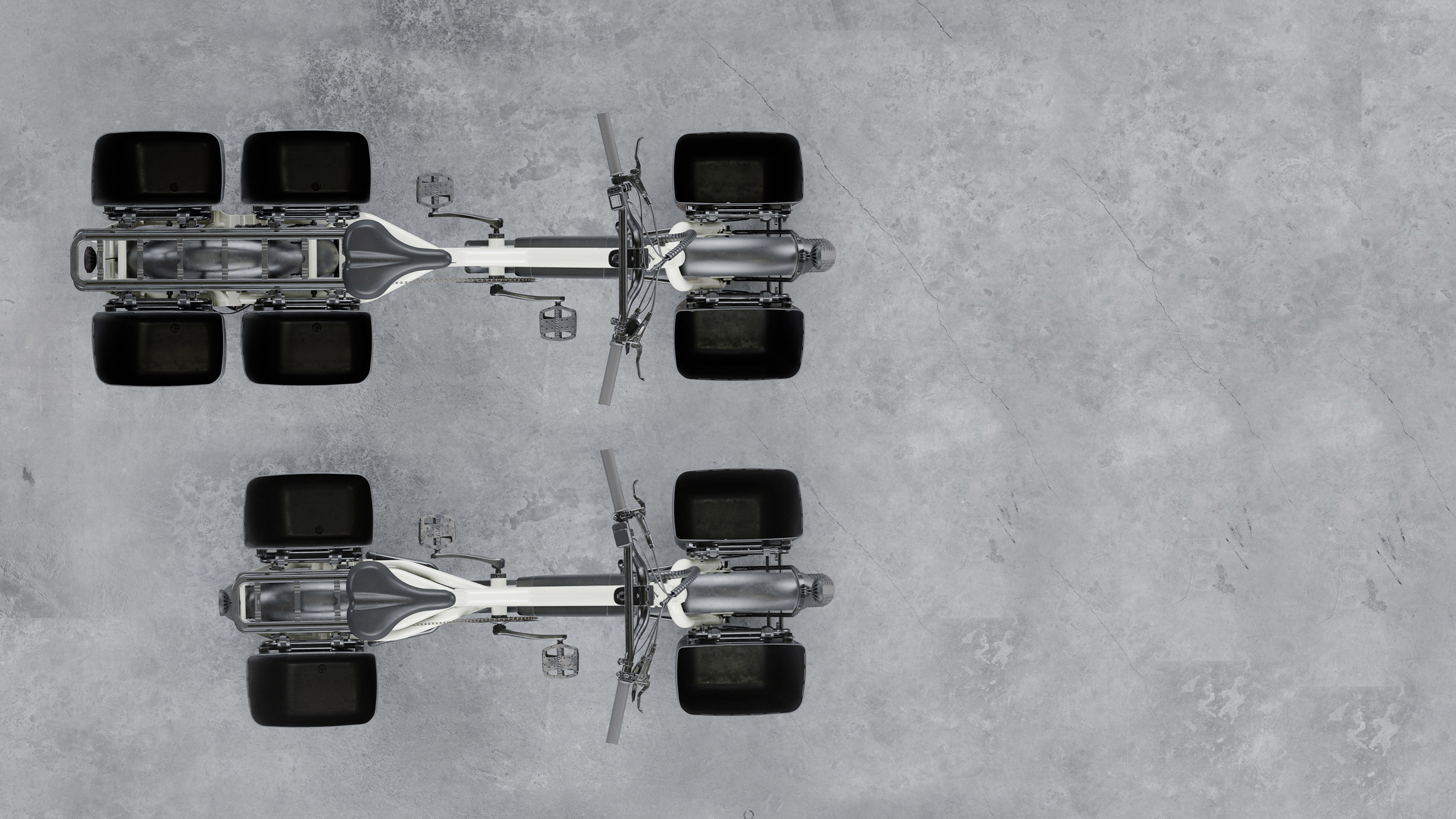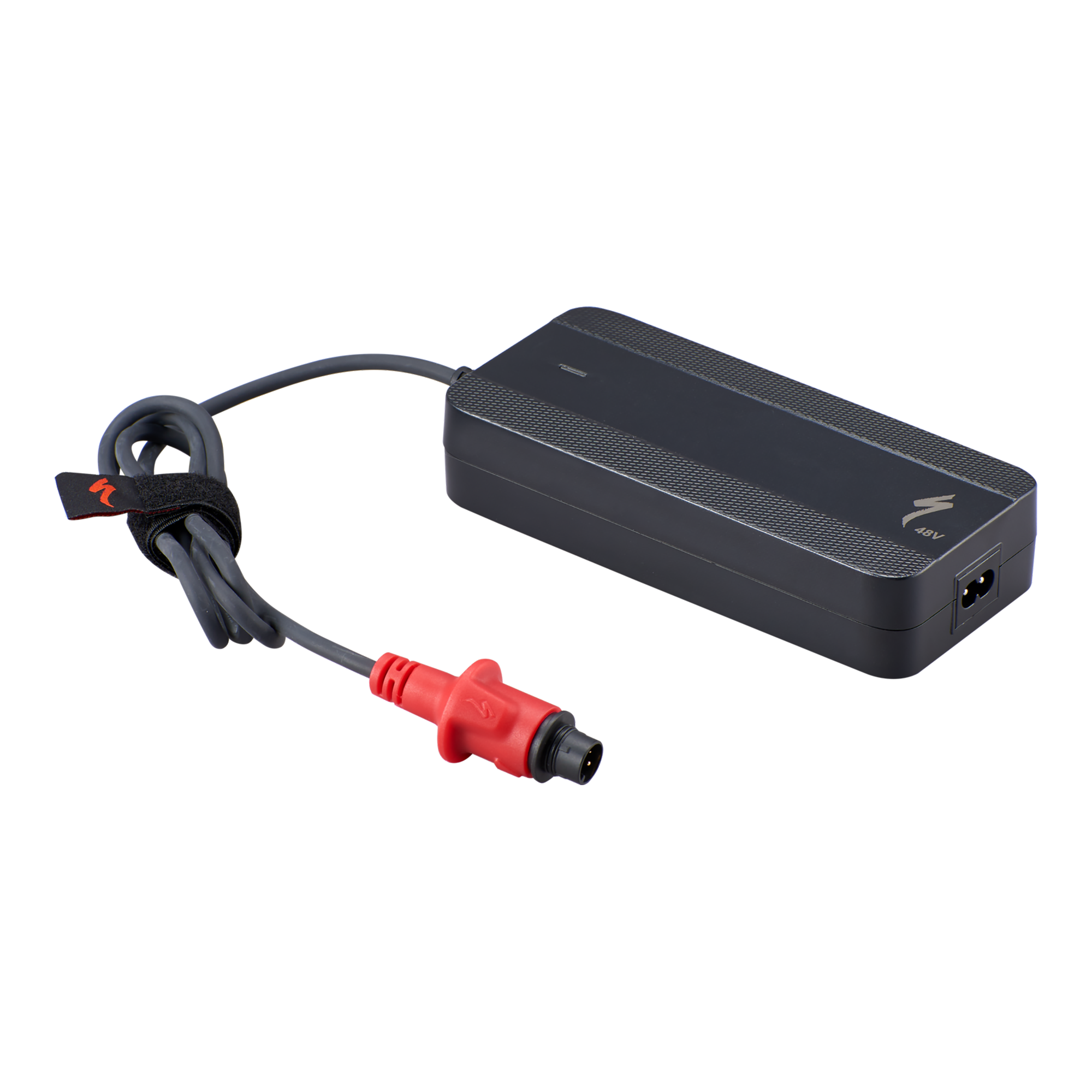Will you be the first or fastest person to complete an eBike ride for 100 miles at average speed of 22 mph, or higher?
- I reason that you probably need to recharge twice at 33 miles apart.
- 80% battery charge is probably optimal, from 40%.
- The primary unanswered question is: What is the best battery strategy?
- How you can train for the distance is explained in my notes, below.
- I found this web site useful.
- Universities seem to have adequate recharging stations.
- I see some charging stations adjacent to bike paths.
- Have lunch at Whole Foods, as they are part of EVgo.com charging network.
- Fortunate ones might be able to ride around their city, or across their entire state using the car station network.
- Why should it be any different than gas powered cars?
- Connecticut is 110 miles long and 70 miles wide.
- Please let us know how you solved this problem about a J1772 connector for the charger:
- Post #12
-
- Not necessarily, a lot of e-bike chargers support 240V input.
Just checked the 4 I have and they all do, including another 8 or so for other PEV. The Grin Cycle Satiator also support 240V input.
I have a J1772 Level-2 AC adapter, but the important thing is it will only work on chargers that are AC, and not the newer DC chargers. Not sure how well this will work out in the real world charger network.- Interesting... thanks for sharing.
Can you list the 240V chargers for reference?
Where did you source your J1772 Level 2 adapter for 120V AC power?
- Interesting... thanks for sharing.
- Not necessarily, a lot of e-bike chargers support 240V input.
The original threads are:
The detailed reasoning from the posts follows:
A more quantifable question for planning purposes follows. I am trying reason about the solution, more than calculate the answer.
- I am looking for a general ratio of human to motor power that maximizes speed and optimizes battery consumption.
- My guess is 2:1 power ratio, @ 22 mph for four hours or 88 miles.
- Therefore, i will pedal 12 miles unpowered over 100 miles.
- The elapsed time is TBD.
- A 2:1 ratio is another way of expressing Eco mode.
- Therefore, I should be able to make my 105 mile trip by turing off power on the downhill sections.
- Set three power modes to 05%, 17% and 33%.
- 5% rather than turing off power.
- Or, roughly 20:1, 4:1 and 2:1 human to motor power ratios
- In adverse conditions, my backup plan is to recharge during lunch.
- Let's simplify any parameter that upsets the ratio in a significant manner, by assuming a reasonable default,
- i.e, wind less than 5 mph.
- Excellent aerobic capacity and leg strength
- Default bike
The goal is determine how far i must pedal unpowered.
- I am willing to pedal unpowered for some distance ratio, depending on average powered speed.
- I am willing to stop and recharge batteries during food break(s), for some ratio of time, given average speed.
At what approximate speed range is battery consumption optimized?
- over a 100 mile course (along two rivers)
- on relatively flat terrain, i.e., both gradually gaining and losing 1,000 feet per 50 miles
- assuming 240 watts (same as motor)
- Obviously, using the capacity of both batteries for Creo SL Comp Carbon
- More parameters might be necessary?
- What recharge strategy might minimize recharge delay?
- Recharge battery from 40% to 80% ?
- I don't have a power meter for my bike, but buying one might eliminate guesswork.
- I am just trying to build a few profiles to categorize scenarios
- 15 to 20 mph
- 21 to 26 mph
- Or any meaningful speed ranges
To establish a progressive training program that eventually allows me to reach 100 miles:
- Turn around at half battery power, if distance is less than 55 miles.
- Set three power modes to 05%, 17% and 33%.
- 5% rather than turing off power
- 20:1, 4:1 and 2:1 human to motor power ratios
- At halfway point, recharge time is dictated by time needed to recharge to half capacity.
- Which head unit gives most precise and/or useful battery and power information?
- At what battery capacity level should the battery be recharged? (40%) ?
- What level should the battery be recharged to? (80%) ?
- I prefer to rely completely on the main battery, to save weight and expense.
- My guess is two stops are required, about 33 miles apart?
Last edited:



